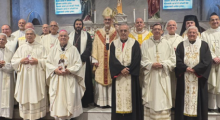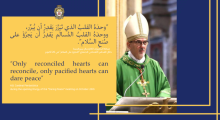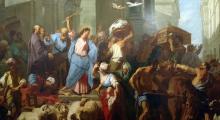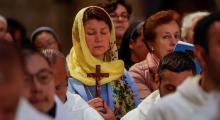Issued by the Catholic Center for Studies and Media - Jordan. Editor-in-chief Fr. Rif'at Bader - موقع أبونا abouna.org
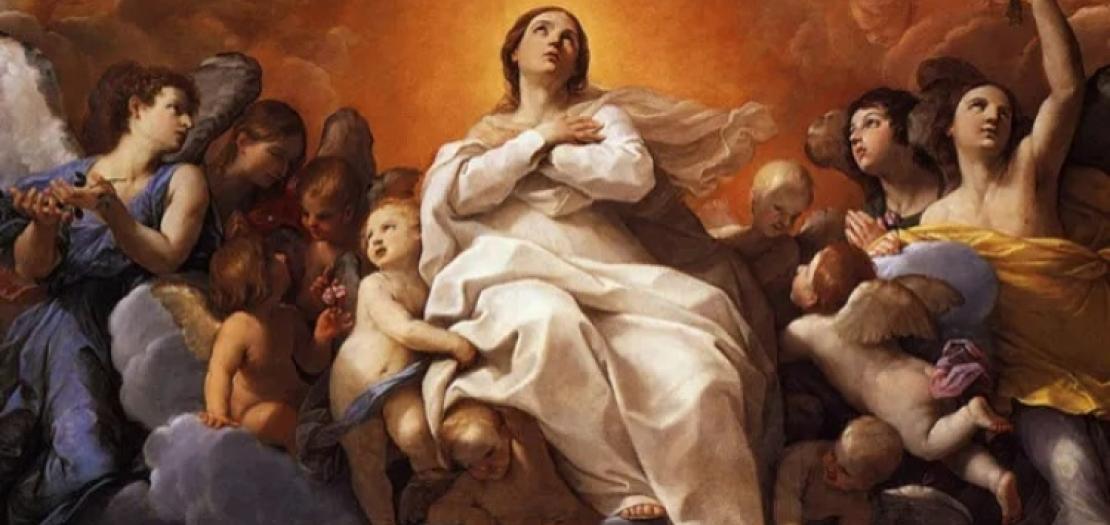
On August 15 of every year, the Catholic Church around the world celebrates the Feast of the Assumption of the Blessed Virgin Mary. The story of the Dormition and Assumption of Mary comes to us through apocryphal writings, which refer to this event as the "Dormition of the Blessed Virgin." This story narrates the last days of our Blessed Virgin Mary, stating that the apostles placed her body in a new tomb located in the Kidron Valley, and after three days, they found it empty.
This feast is one of the significant Marian feasts. In 1950, Pope Pius XII officially declared the Assumption of the Blessed Virgin Mary as a dogma of the Catholic Church. This decision came after a four-year theological study, during which the Pope stated: "It is a truth revealed by God that Mary, the perpetual virgin and mother of God, free from all stain, was taken up body and soul into heavenly glory after completing her earthly life, due to her close union with the new Adam."
The Church Fathers mentioned the Assumption of the Virgin Mary in their writings, including Saint John of Damascus: "Just as the pure and holy body, which the divine Word took from the Virgin Mary, rose on the third day, so too was Mary to rise from the tomb and be united with her Son in heaven." Saint Peter Damian also said: "At her Assumption, the King of Glory came with the choirs of angels and saints to meet her with a divine procession. These statements find resonance in the Bible, particularly in the Song of Songs."
The Holy Places Associated with the Feast in Jerusalem
There are multiple traditions regarding the location of the Dormition of the Virgin Mary. In the fifth century, Bishop Juvenal of Jerusalem identified it at the foot of the Mount of Olives, in the Kidron Valley, linking it to an annual celebration held there. The Franciscan celebrate the feast annually at this location. The Church of the Dormition of the Virgin Mary, located on Mount Zion (the Mountain of David) in Jerusalem, is a church belonging to the Benedictine, built on the ruins of previous churches. There is a staircase leading to a crypt believed to have been the home of the Virgin Mary. Inside, there is a life-sized statue representing the Dormition of the Virgin, made of cherry wood and ivory.


